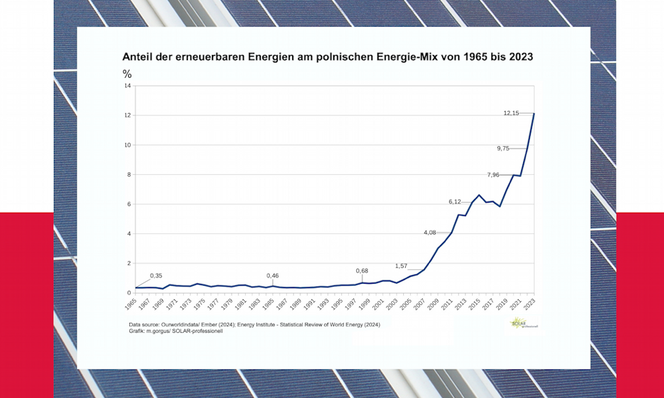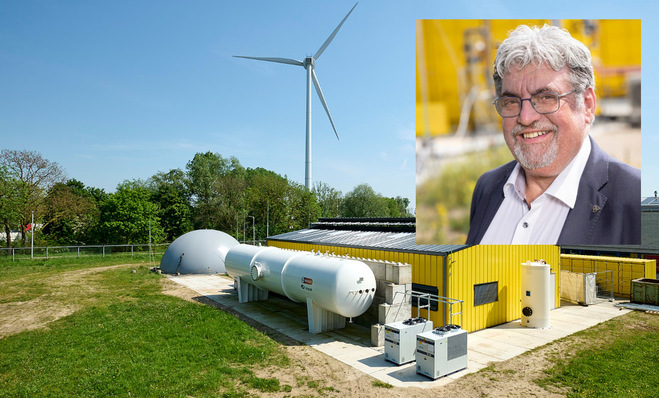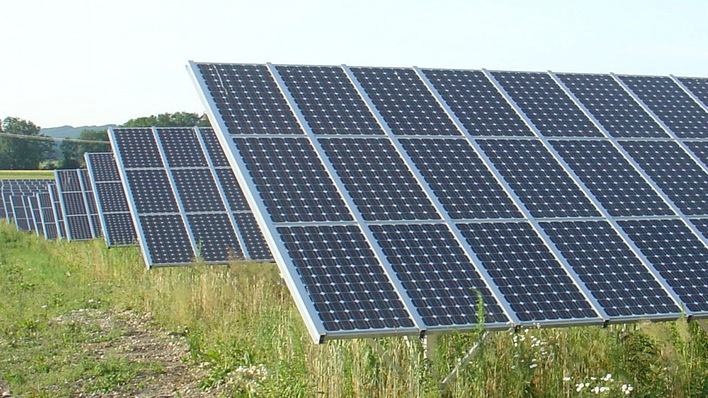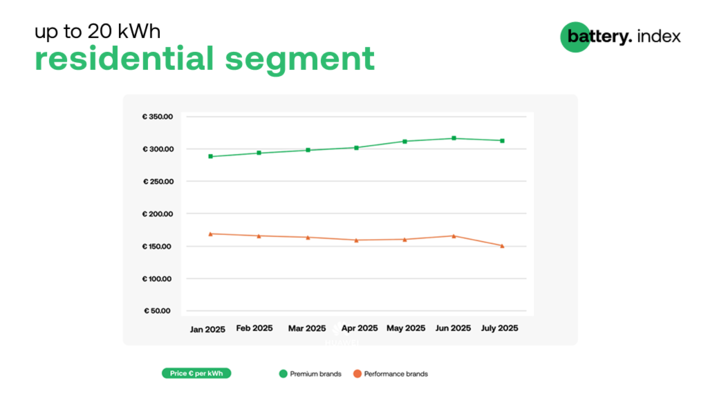The year 2024 marks another very important year for the energy storage industry, especially in continental Europe. It is characterized by scaling and marks the transition of the entire industry to a new stage of maturity. In addition to the greenfield development of new projects, the focus is now on actual implementation and delivery. This development reflects the maturity of the industry, which is moving from theoretical
concepts to practical solutions. One of the biggest challenges for the energy storage market will be to create a truly level playing field for energy storage compared to conventional energy producers. Once this starting position has been created, the energy storage systems will have to establish themselves on the market. The interaction between the market and the grid plays a decisive role here.
Battery storage systems are indispensable
Battery storage systems play a fundamental role in the energy transition, as they balance out fluctuations in the electricity grid and prevent power overloads. This is also reflected in the Electricity Grid Development Plan, which was drawn up in cooperation between the four transmission system operators and the Federal Network Agency. For the planning period up to 2037/45, the forecast demand for expansion capacities has been increased sevenfold to 23.7 GW compared to the plan from 2021. Nevertheless, only a minimal proportion of this target has been achieved so far - specifically, only 1.5 GW of installed capacity has been recorded (as of January 2024),
Economic efficiency and technical functionalities of large-scale battery storage systems
Over the years, the economic viability of large-scale battery storage systems has also been repeatedly discussed. The current study by Frontier Economics, which was commissioned by BayWa r. e., ECO STOR, enspired, Fluence and Kyon Energy, investigated precisely this question. The findings show that it can lead to significant cost reductions if large-scale battery storage systems are implemented in the energy system on a sustainable basis - to the tune of billions. By the year 2050, it will be twelve billion euros. If large-scale battery storage systems are used across the board, the need for additional investment in gas-fired power plants will be noticeably reduced. By 2030, 9 gigawatts less gas-fired power plants will be required. Battery storage systems also have a stabilizing effect on wholesale electricity prices. Their use can reduce the price by an average of around one euro per MWh in the period between 2030 and 2050. Price volatility on the electricity market can also be reduced. Although these storage systems lead to a slight price increase in times of low electricity prices due to charging, they effectively reduce prices during high price peaks. This balancing effect leads to an overall reduction in volatility, which enables market participants to make more precise forecasts about the development of electricity prices, make their procurement strategies more efficient and significantly reduce the costs of structuring and balancing energy.
Did you miss that? "The market is undergoing a tough consolidation"
In addition to cost-effectiveness, large-scale battery storage systems must also be technically and procedurally capable of integrating seamlessly into the existing and future energy infrastructure. This requires close cooperation and continuous exchange between the various players in the energy system.
New storage technologies lead to a diverse energy market
The year 2024 will also be extremely exciting from a technical perspective. While new storage technologies come onto the market, new advances in the development of development of multi-hour storage systems and in the energy density of LFP batteries. As technology continues to advance, energy storage solutions are becoming more efficient, cost-effective and scalable. This will lead to an increase in performance and capacity with the same footprint. At the same time, we are experiencing a sharp drop in the cost of established lithium-ion systems. Project sizes are getting bigger and bigger - in Germany we are developing from 10-20 MW projects to 100 MW projects and more. The variety of available approaches opens up opportunities, but at the same time presents a challenge to find the most economical solution.
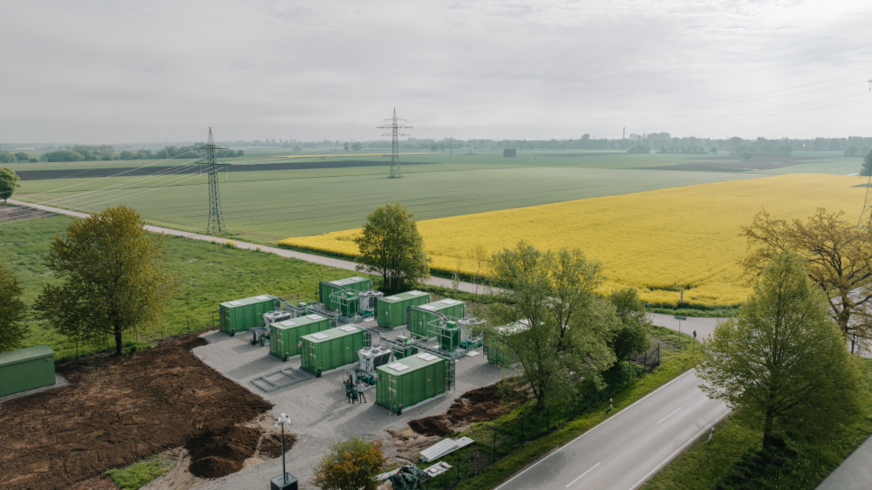
Kyon Energy
Large-scale battery storage: key players in the energy market
Investors, policy makers and energy companies are increasingly recognizing the value of energy storage in terms of increasing the reliability of electricity grids, integrating renewable energy sources and providing flexibility through grid services - such as frequency regulation and demand response. As a result, the regulatory frameworks in some regions are gradually being revised to reflect the unique characteristics of energy storage and facilitate its seamless integration into existing energy markets. Nevertheless, further necessary adjustments are still pending.
Also interesting: When the grid can’t cope
For example, the Federal Ministry for Economic Affairs and Climate Protection (BMWK) only published a strategy for electricity storage on December 19, 2023 - a significant first step towards defining the role of large-scale battery storage in the energy transition and promoting its integration into the electricity system. The strategy specifically addresses bureaucratic obstacles and regulatory barriers and identifies initial measures to overcome them. Although the current version of the strategy is initially only a declaration of intent from politicians, it signals the right direction. The task now is to fill the individual points of the strategy with substantive content and translate them into concrete legislative proposals in a timely manner.
2024 is all about cooperation and communication
The year 2024 marks a decisive moment for the energy storage sector, as large-scale battery storage systems finally cross the threshold from theoretical models to real, economically advantageous applications. Their broad applicability not only promises significant cost savings and a reduction in dependence on fossil fuels, but also contributes to the reduction of CO2 emissions. With their ability to stabilize wholesale prices and mitigate price fluctuations, they form a central pillar for a robust and forward-looking energy supply. The rapid pace of technological development is paving the way for a more diverse, efficient and cost-effective energy landscape. In order to unleash the full potential of these innovative storage technologies and shape the energy transition sustainably, it is now crucial to continuously promote and deepen the dialog and cooperation between the key players in the market, politics and industry. (FA/hcn)




